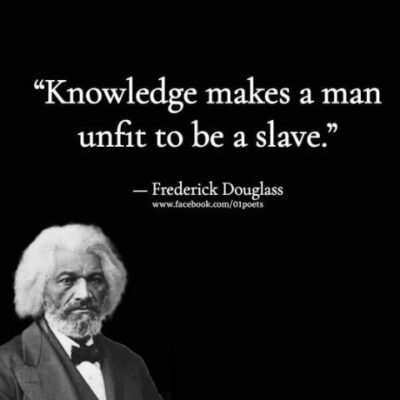Coleman Hughs writes an excellent piece at The Free Press that addresses the matter of color blindness. Not the medical condition but the social, cultural, and political one.
Coleman’s topic is an upcoming SCOTUS decision on “race-based affirmative action in college admissions” and whether universities should be able to “see race,” which then evolves into the debate about the history of colorblind politics and culture and the current climate.
Not seeing race is the surest way, these days, to signal that you aren’t on the right side of this divide. Indeed, the term “color-blind” has become anathema to rightthink, and if you live in elite institutions—universities, corporate America, the mainstream media—the quickest way to demonstrate that you just don’t get it is to say, “I don’t see color” or “I was taught to treat everyone the same.”
Once considered a progressive attitude, color-blindness is now seen as backwards—a cheap surrender in the face of racism, at best; or a cover for deeply held racist beliefs, at worst.
The modern self-proclaimed anti-racists have made it clear that you can’t be white and innocent of racism. Past crimes are your crimes. Colorblindness as an idea is painted as a construct of right-wing think tanks.
Kimberlé Crenshaw has criticized the “color-blind view of civil rights” that she alleges “developed in the neoconservative ‘think tanks’ during the seventies.” George Lipsitz, a Black Studies professor at UC Santa Barbara, writes in Seeing Race Again: Countering Colorblindness across the Disciplines, which he co-edited with Crenshaw, that color-blindness is part of a “long-standing historical whiteness protection program” associated with “indigenous dispossession, colonial conquest, slavery, segregation, and immigrant exclusion.”
He then explores the truth (read it all here),
Among the main goals of the Civil Rights Movement was the elimination of laws and policies that used the category of race in any way. In fact, that was the first demand made by the original March On Washington movement of the 1940s (which successfully pressured Franklin Roosevelt to integrate the defense industry). It was also the first argument made by the NAACP in their Brown vs. Board appellate brief. To paint color-blindness as a reactionary or racist idea—rather than a key goal of the Civil Rights Movement—requires ignoring the historical record.
But isn’t that the case with everything? The Left is constantly at war with history because it has a way of reminding us that what they advocate for is not in the best interests of the people, just the people in power.
This is no different, except that advocates use the sins of one form of slavery to entrap the descendants of slaves (and many who were not) in another. They are no different than the African kings or tribes who capture blacks to sell into slavery – human lives bartered for material wealth. Something is still practiced on the continent that these “scholars” and authors are doing right now with their book tours and lecture circuits. Selling out black Americans with the promise of equality if they advocate for an oppressive form of government where there can be none.
Colorblindness is the answer. It must therefore be their enemy because equality is not their endgame.
